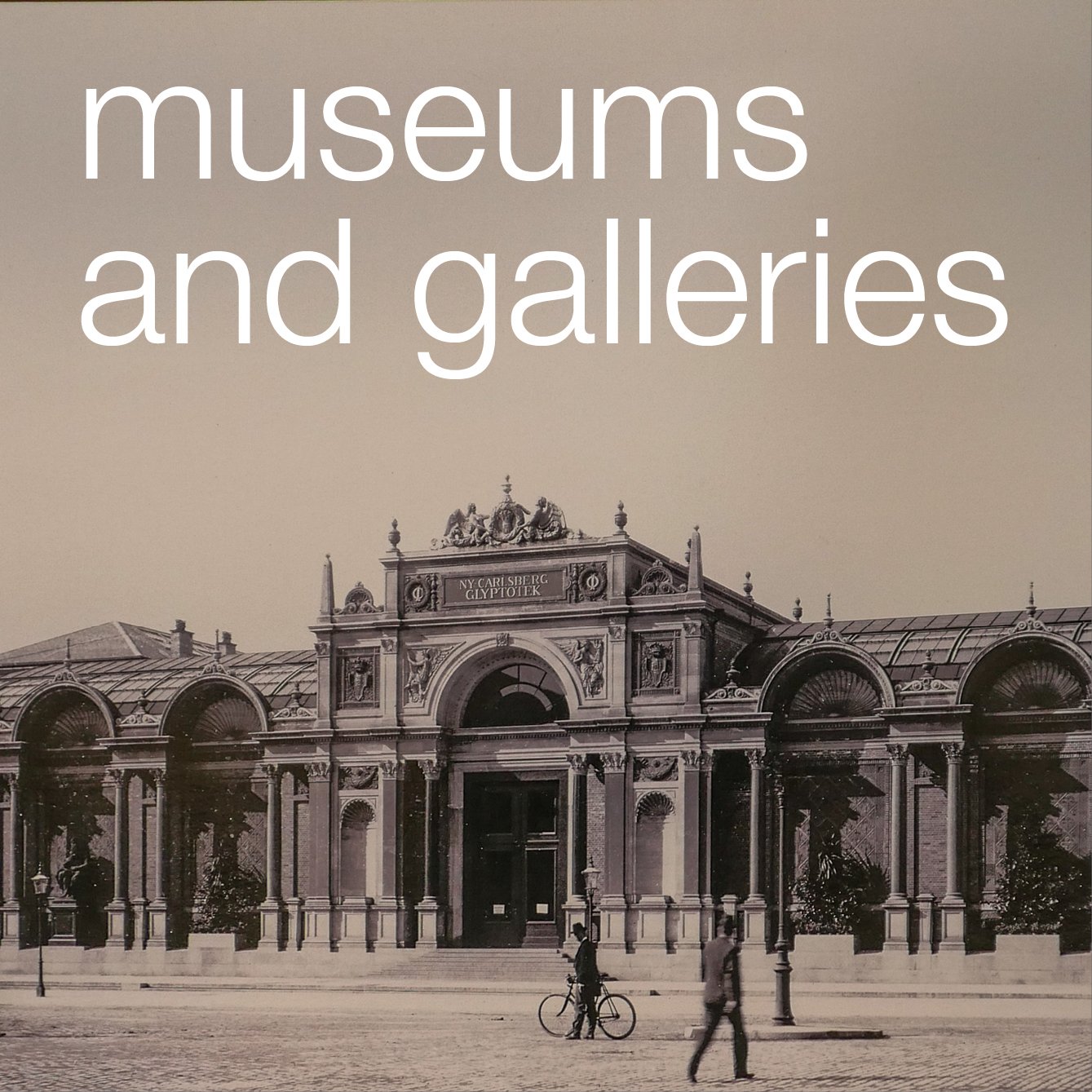why don’t we talk about architecture more?
/extension to the museum at Ordrupgaard by Zaha Hadid
Relaxing with friends - maybe when sitting around a dining table at home or sitting in a pub or in a restaurant - people discuss music or talk about food or fashion at length. If the conversation becomes animated it can reveal high levels of interest, often a fair bit of enthusiasm and frequently strong opinions expressed with partisan conviction that suggests a reasonable level of knowledge. At the very least, most people can distinguish rock from pop, classical from jazz; most will have an opinion on the latest restaurant to have opened or talk about the different beers brewed in their city and - even if men say they don’t know anything at all about fashion - they have clear preferences for one make of jeans over another and can explain precisely why.
But rarely does there seems to be an equivalent interest or general knowledge when it comes to architecture and yet we all live in buildings and all, or nearly all of us, work in buildings. We visit large, expensive, modern buildings, that might be well-designed or badly-designed, when we shop or to go to a concert. Most of us walk along streets every day and architecture impinges on almost everything we do.
If pressed, nearly everyone will go as far as to say that they like or don’t like a particular new building and will talk about an amazing building they visited on a holiday trip but it’s usually a brief or passing reference … so rarely many detail or much analysis.
Sometimes a modern building gains a curious notoriety … a new Guggenheim or if there is controversy over a design from the star architect currently being featured in the magazines … and then people might express an opinion.
Presumably, but only in part, this is because architecture and the built environment is rarely taught in school. Major historic buildings might have been mentioned in a history class if a castle was besieged or if there was a major fire but that is about it.
Is it that architecture seems to sit on the other side of a dividing line? Furniture, design, interiors and graphics on one side are accessible, straightforward, everyday - and architecture along with painting and sculpture on the other side of the line - are the territory of the experts?
Yet curiously, at a fundamental level, we all understand and read buildings well even if we don’t realise that that is what we are doing. Architects actually make use of that to direct and control how we use buildings and control how we respond to them … we are all predictable enough that most users or visitors to a building can be directed and manipulated by the architecture.
Some types of buildings are so distinct - such as cinemas or railway stations or swimming pools - that even on a first visit we can find our way around, without needing too many signs or instructions, simply because we know how buildings like that should be laid out and and how they should function. Good examples are department stores and large hotels … often very large and very complicated buildings but generally we know how to use them without asking anyone for help.
Grundtvigs Church by Peder Vilhelm Jensen-Klint ... nave, font and pulpit
Churches are another particularly good and fairly straightforward example of this. Fewer and fewer people attend churches regularly but on entering a church most people understand the arrangement, as long as it is relatively conventional, with an axial approach from the entrance door to the furthest point - the business end around the altar - and the arrangement of seating and any divisions between congregation and clergy vary but show clearly the way worship is conducted. Most visitors can see how light, or shadow, and impressive height and a high-quality architecture are all used to inspire or manipulate emotions. Different parts of a church are arranged in specific ways to allow for different functions so there are often areas and fittings with clearly defined uses … fonts are given space because people stand in a group for that part of the service for a Christening and seating varies so there are usually seats that are obviously for general visitors with a different form and arrangement of seating for a choir and often special seating for anyone with clear status - so a bishop or a monarch - so most people understand where they should or should not sit.
So looking at the design of churches is a good starting point for looking at how architecture reflects and respects function and tradition and conventions and status but actually the same form of dissection and analysis can be used to assess a football stadium or an office block. It’s often simply a matter of looking at how it works or, even better, looking at how and why it doesn’t work.
When talking or writing about buildings there is a relatively straightforward check list of obvious things to cover so usually up at the top are the name of the architect and the date of the building and of course its function. Then materials are important because, in a curious way, people have preconceptions that can help create a picture of the building even when there is no photograph … so to say that a building is a steel and glass office block is clearly very different to talking about a brick house with a tiled roof and so, without having to point it out, the reader or listener probably adds to their image picture a flat roof to the office building and by convention a house has a pitched roof, or at least in northern Europe it does, and the mention of tiles confirms that so curiously, in talking about architecture it is the differences or exceptions that should come higher up the list … so even 10 years ago it might have been important to point out that a new railway station did not have a ticket office whereas now it might be more usual to express surprise that a new railway station has a traditional ticket office.
Describing the general appearance of a building and talking about its function is relatively straightforward but it’s quite difficult to take that next step … architecture has a complex vocabulary of terms that can form a barrier between the curious but interested outsider on one side and the professional … an architect, an engineer or a planner … on the other. But then understanding the difference between an open cantilevered stair and one with a closed string is nowhere near as difficult as deciding if a double monk-strap boot can be worn with a formal suit or if milk or lemon or neither is best for Earl Grey tea.











